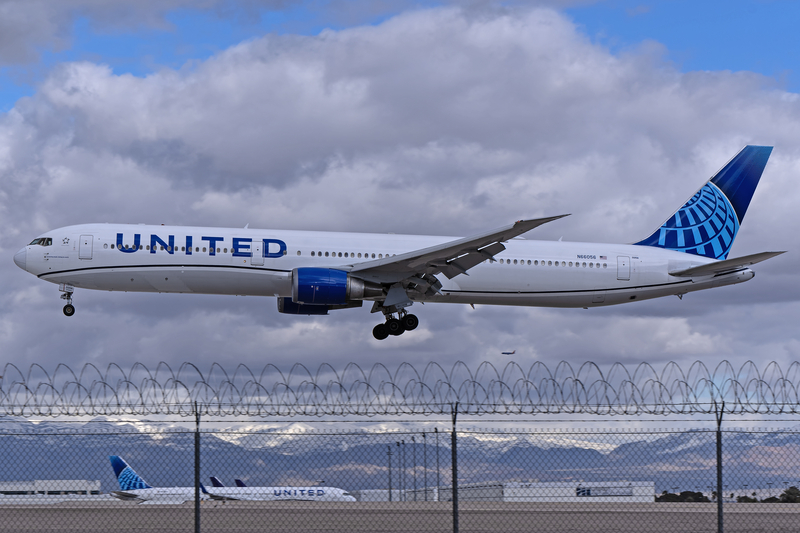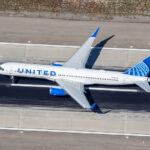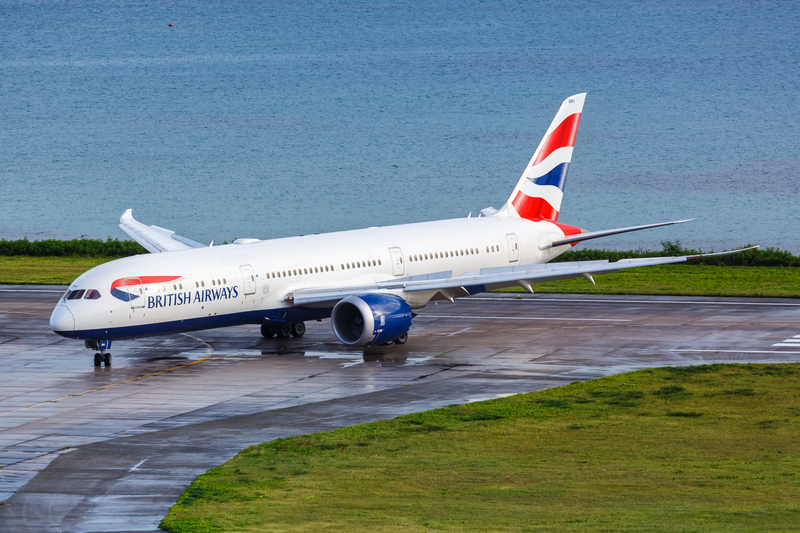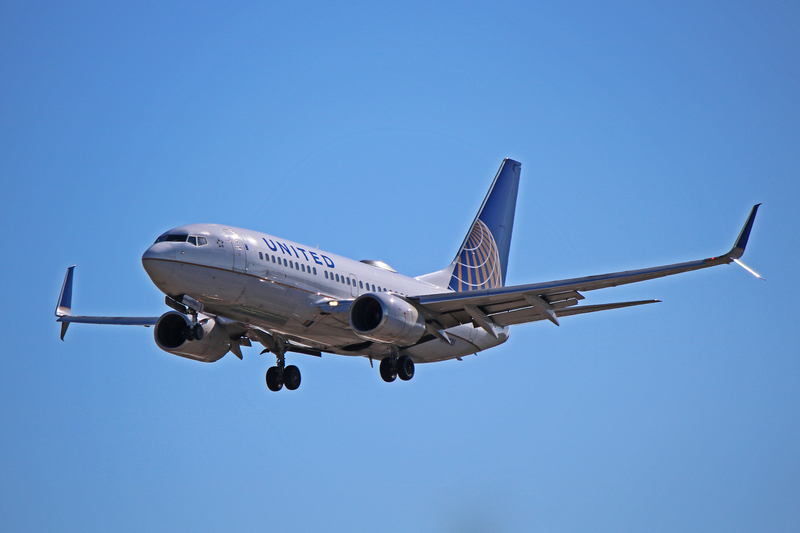United 767-400ER Returns To Washington Dulles (IAD) After Passenger Laptop Falls Into Cargo Hold

ID 306723754 © Robin Guess | Dreamstime.com
A United Airlines Boeing 767-400ER (N76054) operating UA126 from Washington Dulles (IAD) to Rome Fiumicino (FCO) on October 15, 2025, returned to IAD after a passenger’s lithium-ion battery laptop slipped through an interior sidewall gap and dropped into the lower hold. With the device energized and inaccessible to the cabin crew, the flight deck elected to turn back rather than continue the transatlantic crossing.
What Happened
-
Route: Washington Dulles (IAD) → Rome Fiumicino (FCO)
-
Aircraft: Boeing 767-400ER
-
Flight: UA126 (registration N76054)
-
Event: Passenger reported laptop lost “into the airplane,” later assessed to have migrated below the cabin floor into an area adjacent to or within cargo space.
-
Action: Crew requested a return to Washington Dulles (IAD) out of caution due to an unmonitored lithium-ion device in an inaccessible location.
-
Timeline: Airborne less than an hour before turning back; landed at IAD ~00:35 local. After recovery of the device, refueling, and checks, the replacement departure left ~03:25, arriving Rome (FCO) ~17:26, ≈5 hours late.
Controllers remarked they had “never heard anything like that before,” underscoring the unusual nature of a personal electronic device (PED) migrating into the lower fuselage during flight.
Why The Return Was Prudent
Lithium-ion batteries are designed to be managed in the cabin, where lithium fire containment kits and immediate crew intervention are available. A device out of reach—and potentially outside direct coverage of built-in extinguishing—creates a low-probability, high-consequence risk. Standard practice is to avoid extended overwater flight when a suspected lithium hazard can’t be monitored or mitigated.
Aircraft & Systems Notes (For the detail-minded)
-
Type: Boeing 767-400ER—a long-range twin used extensively on IAD–Europe.
-
Lower hold: Class-C cargo compartments have detection/suppression, but PEDs that migrate behind liners or structure may sit in areas difficult to access in-flight.
-
Cabin architecture: In premium cabins with complex seat shells, small objects can slip behind sidewalls or trim. Airlines brief crews not to manipulate seats when a device is trapped; instead, isolate, cool (if needed), and wait for maintenance on the ground.
Safety Context: Lithium-Ion On Airliners
-
Thermal runaway risk rises if a cell is damaged, pinched, or overheated.
-
Industry guidance keeps spare batteries out of checked baggage and prefers devices in cabin so crews can detect smoke, cool with water, and contain.
-
Flight crews may divert when a device is lost in structure and cannot be verified safe.
Passenger Impact & Practical Tips
-
Outcome: No emergency declared; the aircraft returned safely to Washington Dulles (IAD) and continued to Rome (FCO) after recovery and servicing.
-
If your device goes missing:
-
Tell the crew immediately.
-
Do not recline or force the seat—this can crush a device.
-
Follow crew instructions; maintenance can safely retrieve devices on the ground.
-
Bottom Line
A United Airlines Boeing 767-400ER bound for Rome Fiumicino (FCO) returned to Washington Dulles (IAD) after a passenger’s lithium-powered laptop slipped into the lower fuselage where it couldn’t be monitored. The crew’s decision favored risk control over schedule, and the flight reached FCO about five hours late after the device was recovered and the jet was turned around.





